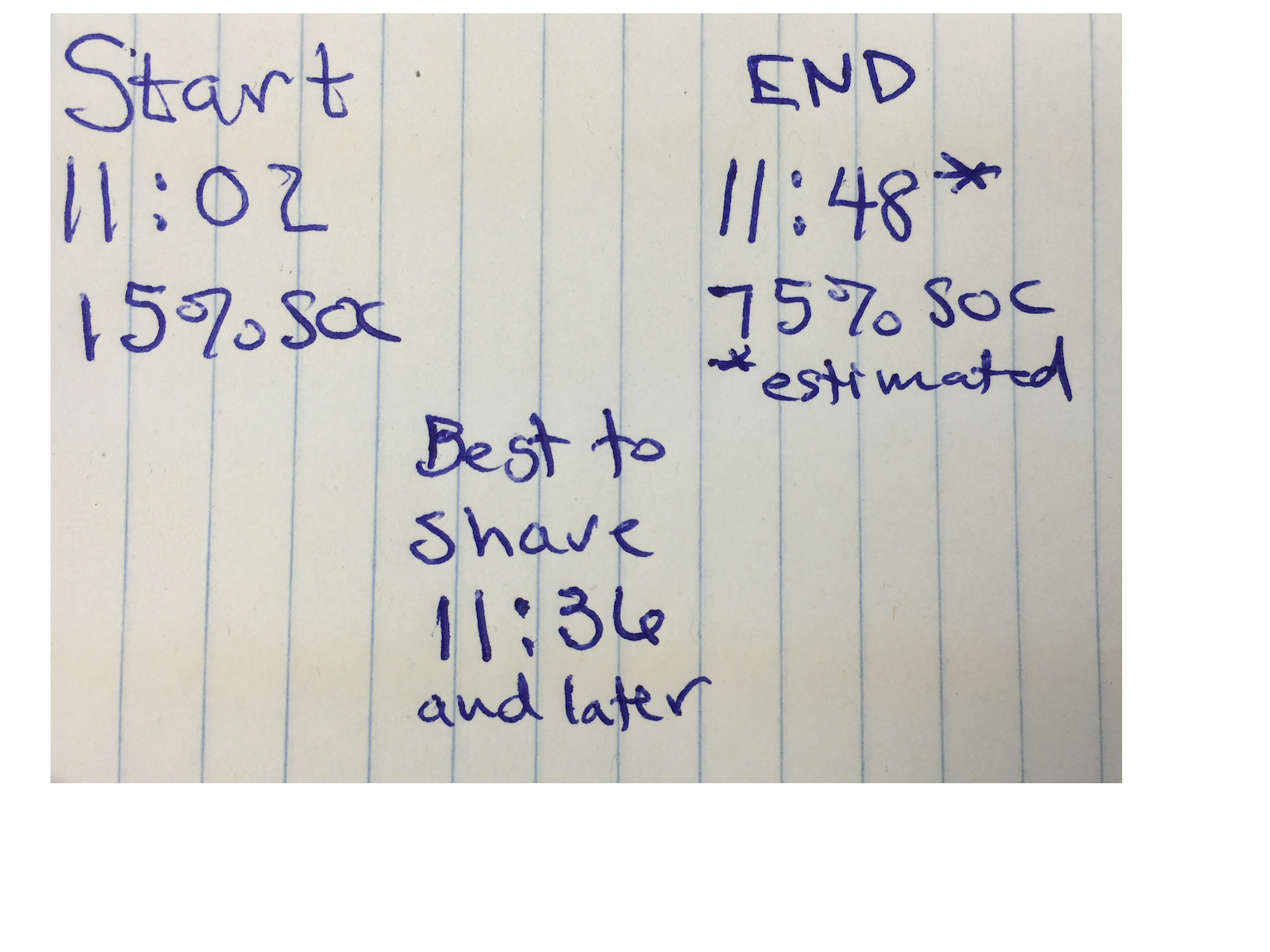So, I'm an aspiring Model S owner. I'm aware, that when a SuperCharger gets busy, its best to try to use unpaired stalls, since the 'A' side shares power with the 'B' side. In other words, both cars in the A/B paired stalls max out at 60kW ... which is not much of an issue if the incumbent, who first arrives to the pair, is already charged to 65% SOC or higher. This 'optimal' pairing, as I understand it, happens because the battery normally tapers its charging flow as it approaches 100% SOC and can't even access half of the current after 65% anyway.
This leads to the conclusion, that if given a choice, a new arrival to a SuperCharger should, if pairing is absolutely necessary, choose to pair with somebody who is nearly done with their charging requirements. Its good for you, the new arrival, because the other guy will leave soon, and it is no worse for him, given the limited capacity to absorb charge. Having said that, if you arrived to a Supercharger and you had only two choices of stalls to go to, which would you choose:
Does your answer change if the Sign Owner (b, above), is chronically late by 10 minutes to pull their car out of the parking stall, and you know that is the case before charging?
This leads to the conclusion, that if given a choice, a new arrival to a SuperCharger should, if pairing is absolutely necessary, choose to pair with somebody who is nearly done with their charging requirements. Its good for you, the new arrival, because the other guy will leave soon, and it is no worse for him, given the limited capacity to absorb charge. Having said that, if you arrived to a Supercharger and you had only two choices of stalls to go to, which would you choose:
a) a stall paired to a Tesla without any arrival/departure or SOC information; or
b) a stall that suggests that the best time to share is in about 5 minutes (we'll call this one 'Sign Owner').
So, given the above, assume you arrive at 11:31. Which stall do you park/charge in? Why?b) a stall that suggests that the best time to share is in about 5 minutes (we'll call this one 'Sign Owner').
Attachments
Last edited:




